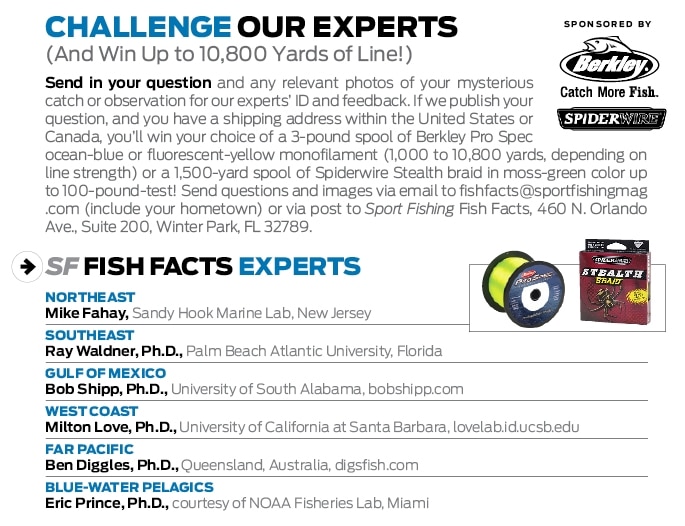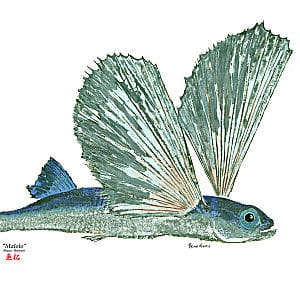In each issue of Sport Fishing magazine, a panel of five international expert ichthyologists identifies unusual and often amazing fishes in photos submitted by readers. Below you’ll find the I.D. and information for a few interesting catches from far and wide.
ENIGMA FROM 240 FEET
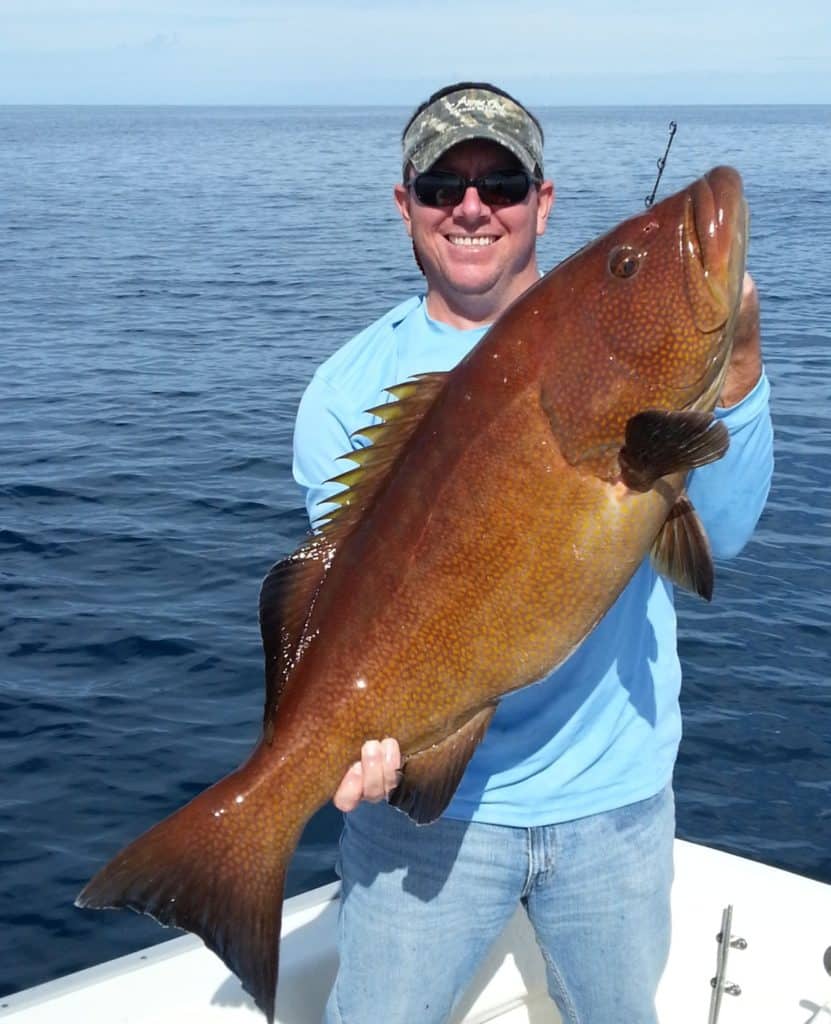
Shawn Holton
Pensacola, Florida Shawn Holton
ANSWER: Shawn, I can’t be 100 percent sure, but your catch looks like a monster yellowmouth grouper, Mycteroperca interstitialis. Without having the fish in hand, it can be tough to ID groupers. But features here that point to the yellowmouth are the yellowish edge to the deeply notched dorsal fin, the color pattern, and the smooth edge of the very slightly concave tail fin. What I can’t see is the lower edge of the preopercle (the front bone of the gill cover); the yellowmouth has a strongly serrated lobe under a distinct notch at the lower corner of that bone. Also, as the name implies, the interior of the mouth should be quite yellow, but that’s not visible in the photo.
The yellowmouth is closely related to our well-known scamp, and for many years it was thought that the scamp was continental in distribution while the yellowmouth was insular, found only around Caribbean islands. But the yellowmouth is now known in many continental locations, whereas the scamp is rare around the islands. The scamp also has a yellowish mouth, but the tail fin has many broomlike extensions.
The yellowmouth is smaller than the scamp, rarely exceeding 15 pounds, though the IGFA all-tackle record has stood at 22½ pounds since 2001. It has a spotty distribution, known in a few locations in the Gulf, but mainly found in the Caribbean and some parts of South America. We know less about the yellowmouth than any of our other Gulf groupers.
— Bob Shipp
ROUGH GUESS
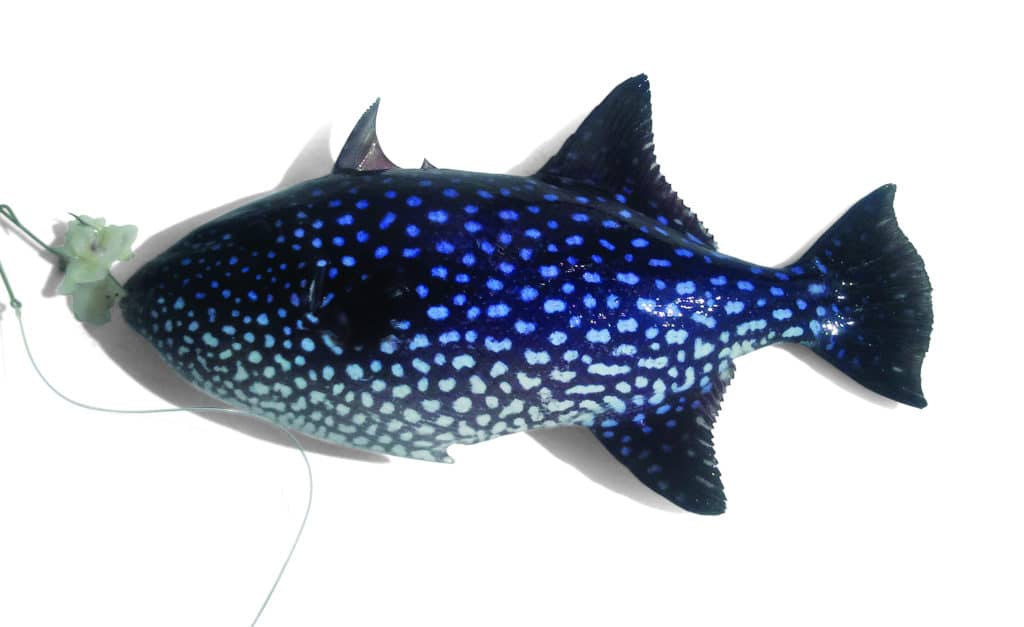
Erik Sodemann
Jupiter, Florida Erik Sodemann
ANSWER: You caught a rough triggerfish, Canthidermis maculata, Erik. This species ranges from North Carolina and Bermuda to at least as far south as Panama in the western Atlantic. The species has been reported worldwide, though it might have been confused with other, similarly spotted triggerfishes in some instances. The rough trigger is not abundant in all areas within its range. For instance, in their 1968 book, Fishes of the Bahamas and Adjacent Tropical Waters, James Böhlke and Charles Chaplin noted that the only rough triggerfish they observed during their multiyear study was a preserved specimen that had been collected in 1935. Unlike many triggerfishes, which live in association with reefs or other hard structures, the rough triggerfish is a pelagic species, as evidenced by your catch. It can reach a length of at least 13 inches.
— Ray Waldner
FILE THIS
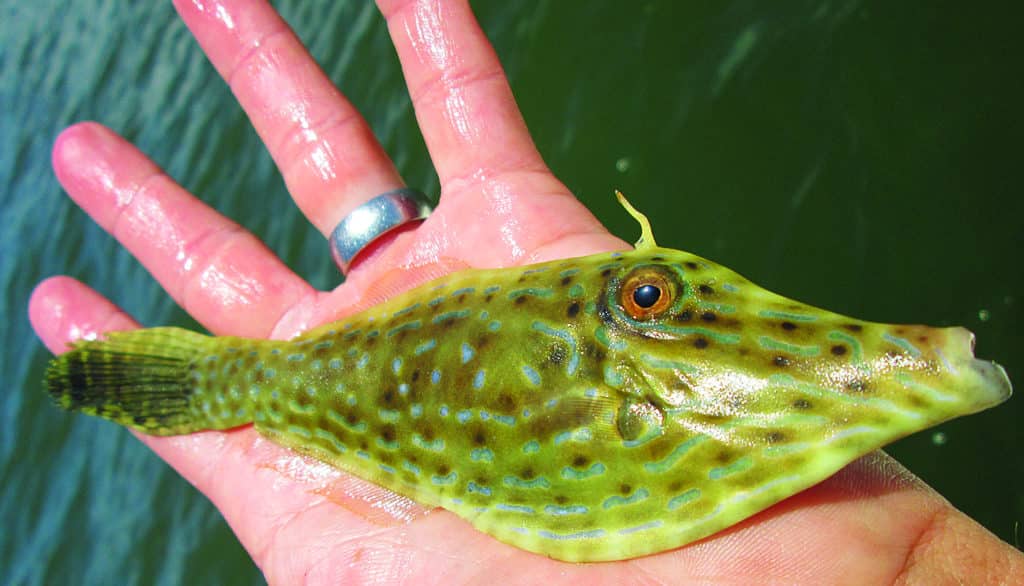
Capt.Sonny Schindler
Shore Thing Fishing Charters
Bay St. Louis, Mississippi Capt. Sonny Schindler
ANSWER: Sonny, you scooped up a scrawled filefish, Aluterus scriptus. You were pretty astute in thinking this was a triggerfish; filefishes and triggers are closely related, often put in the same family. But the filefishes, as you mention, are very thin, and they have only two dorsal spines, whereas the triggerfishes have three. Although their mouths are tiny, they do have formidable teeth. The species you caught was not lost, and in fact is found worldwide in tropical and temperate seas. They are sluggish swimmers, preferring to ride with the currents, but favor some sort of cover, such as the weed line where you netted it. Often, swimmers in the surf who encounter small mats of sargassum washing in can shake out other, smaller species of filefishes that live there.
To me, the scrawled filefish is beautiful, with its striking colors, but also strange-looking due to its odd-shaped head and body. Of the 10 species of filefishes that occur in the Gulf, this species is the largest, sometimes approaching a surprising 3 feet in length, while many of the other species rarely exceed a foot. For those few filefish that reach a decent size, I’ve found the fillets to be very tasty, but so thin that they can be overcooked quickly.
— Bob Shipp
FROM THE FISH FACTS ARCHIVES: KELP (CALICO) BASS (Paralabrax clathratus)
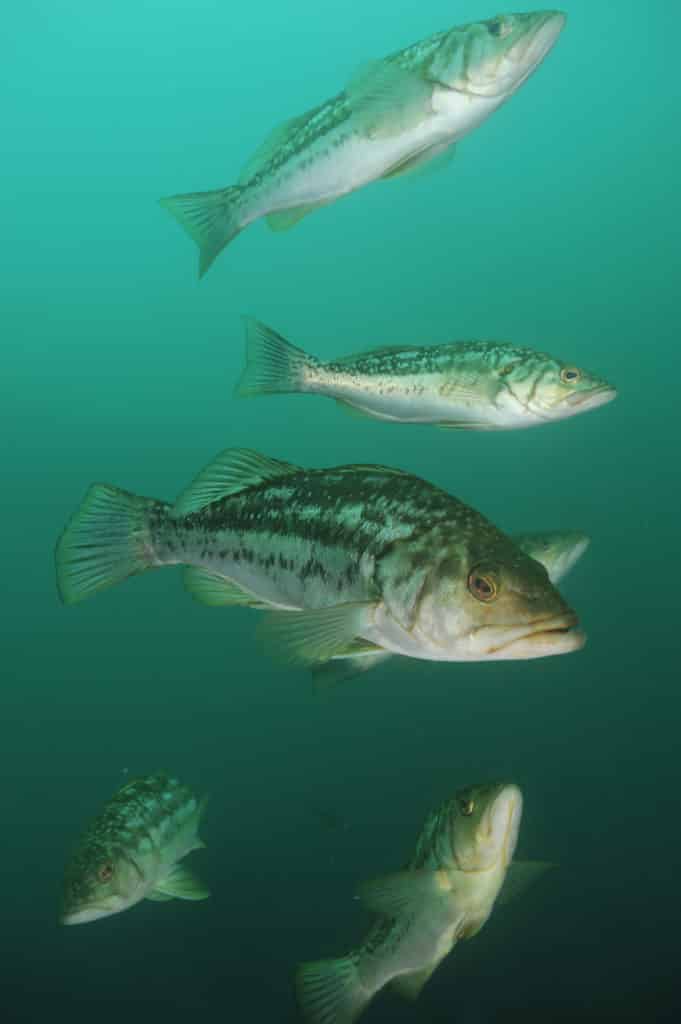
Send us YOUR strange or surprising catches!
